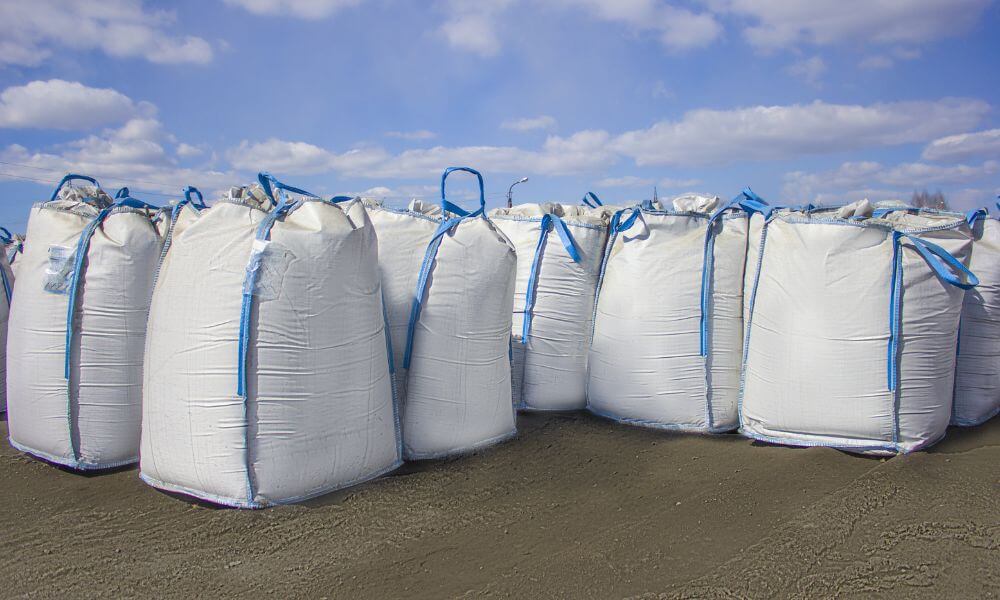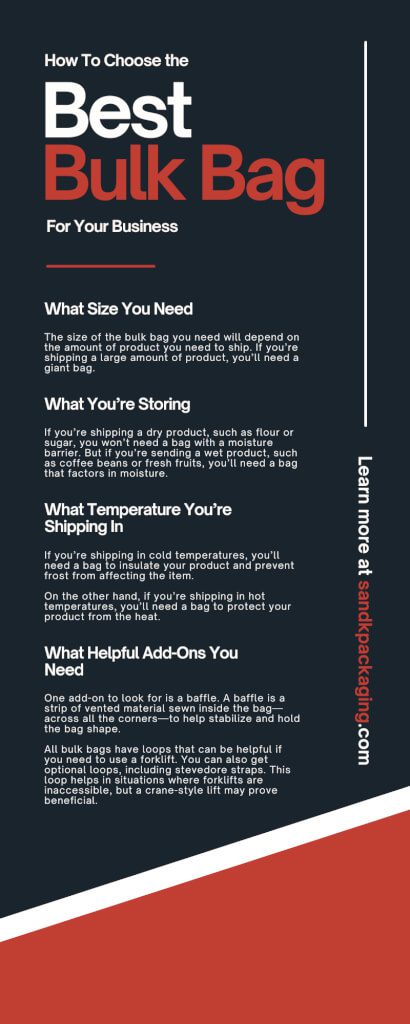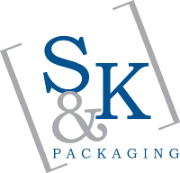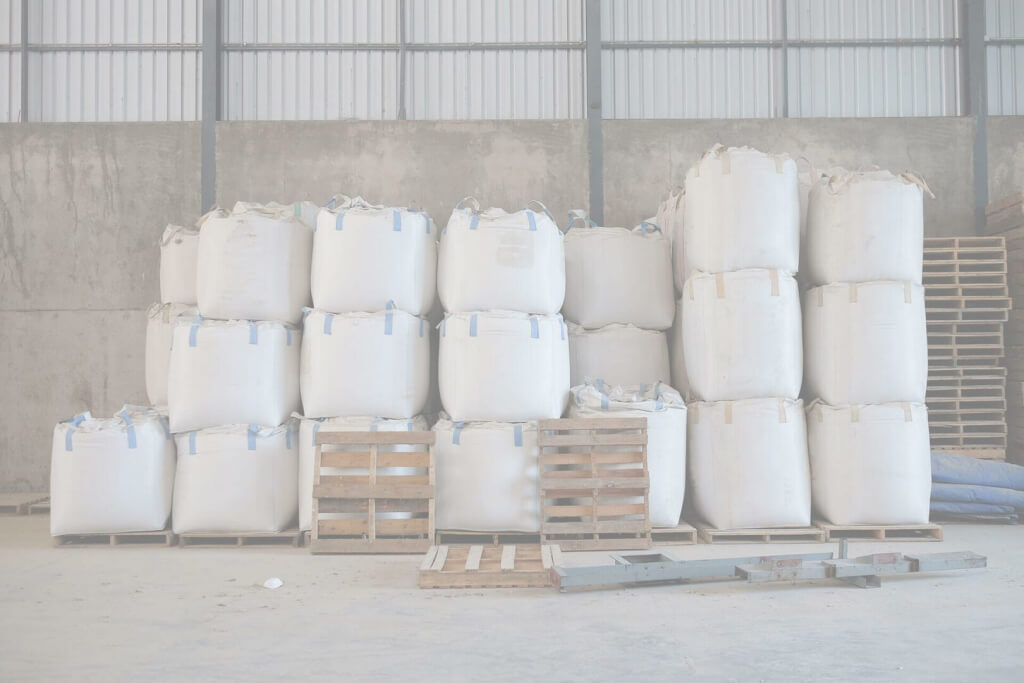
Making business decisions can be challenging. You must decide what marketing strategies to use, what products to sell, and how to manufacture your products. But one decision you might not have considered is what packaging to use for your product.
If you’re selling a product that moves in bulk quantities, you may want to consider purchasing bulk bags. But with so many different types and sizes of bulk bags, how do you know which option is the best bulk bag for your business?
Use this guide to help you choose the best bulk bag for your business to ensure that your products are well-protected and arrive at your customers’ doorsteps in perfect condition.
The Best Bulk Bag Size
The size of the bulk bag you need will depend on the amount of product you need to ship. If you’re shipping a large amount of product, you’ll need a giant bag. Meanwhile, if you’re only shipping a small amount, you can get away with a smaller option from your chosen bag manufacturer.
The most important thing to remember is that you don’t want to overpack your bulk bag. If the bag is too full, it could rupture, and your product could spill out. Not only would this be a waste of product, but it could also damage your reputation as a business.
When it comes to size, it’s better to err on the side of caution and choose a bag that’s too big rather than one that’s too small. You can always use a filler, such as packing peanuts, to fill up any empty space in the bag.
What Type of Material You Need
Bulk bags contain various materials, each with its own benefits. The most popular type of material is polypropylene, which is strong and durable plastic. Polypropylene works best for shipping food products because it’s non-toxic and FDA-approved.
In a controlled environment, it can easily transport 2000–4000 lbs. of dry flowable product with minimal mess. You can use it for transporting your product and for storage.
Another type of material you might see is polyethylene, which is a softer plastic. Polyethylene works well for products that are sensitive to scratches or abrasion. This type of plastic is also FDA-approved and safe for food products.
What You’re Storing
The product you’re shipping will also play a role in choosing the right bulk bag. If you’re shipping a dry product, such as flour or sugar, you won’t need a bag with a moisture barrier. But if you’re sending a wet product, such as coffee beans or fresh fruits, you’ll need a bag that factors in moisture.
You’ll also need to consider the density of your product. If you’re shipping a lighter product, such as dried mulch or perlite, you can get away with a bag that is made from lighter fabric. Meanwhile, if you’re shipping a higher-density product, such as sand, you’ll need a heavier-duty bag to support the weight.
What Type of Closure You Need
You can close bulk bags with various closures, including drawstrings. The closure you choose will depend on the product you’re shipping.
If you’re shipping a product that doesn’t need sealing, such as dry beans or rice, you can choose a bag with a drawstring closure. This type of closure is less expensive and easier to use than a zipper, making it a good choice for businesses on a budget.
What Temperature You’re Shipping In
The temperature you’re shipping in will also play a role in choosing the right bulk bag. If you’re shipping in cold temperatures, you’ll need a bag to insulate your product and prevent frost from affecting the item.
On the other hand, if you’re shipping in hot temperatures, you’ll need a bag to protect your product from the heat. Excessive heat, especially in the case of moist products, can lead to humidity and spoilage. Either way, you’ll need to choose a bag made from heat-resistant material, such as polypropylene or woven polypropylene.
What Helpful Add-Ons You Need
Once you’ve determined the size, material, and type of product you’re shipping, you can start to narrow down your options by looking at the add-ons of each bulk bag.
One add-on to look for is a baffle. A baffle is a strip of vented material sewn inside the bag— across all the corners—to help stabilize and hold the bag shape.
All bulk bags have loops that can be helpful if you need to use a forklift. You can also get optional loops, including stevedore straps. This loop helps in situations where forklifts are inaccessible, but a crane-style lift may prove beneficial.
Finally, you’ll want to consider a b-lok as an add-on. A b-lok is a plastic device attached to the closure of the bag to help control the flow of discharge when emptying the bag. Some products do not need it, but others can benefit from a controlled discharge.
Any Extras Inside or Outside the Bag
You may also want to consider any extras you might need, such as logo printing or color printing. These extras can help to brand your product and make it more recognizable.
Some other features can also be necessary, depending on your needs. For example, if you need to stack your bags, you’ll want to ensure they have a good base design that will allow them to stack without toppling over.
You might also want to consider special features like UV protection if you’re storing or transporting sensitive materials. All bags provided by S & K come standard with one year of UV protection.
Deciding to switch to bulk bags can be a big decision for your business. But with some diligence, you can find the perfect bulk bag for your needs.
Keep these tips in mind when shopping for bulk bags, and you’ll be sure to find the perfect one for your business. With the right tools, your business can save money and time by having a product that’s easy to transport securely.
S & K Packaging have a wide variety of bulk bags. Visit our website today to learn more about our products and find the perfect bag for your business.


